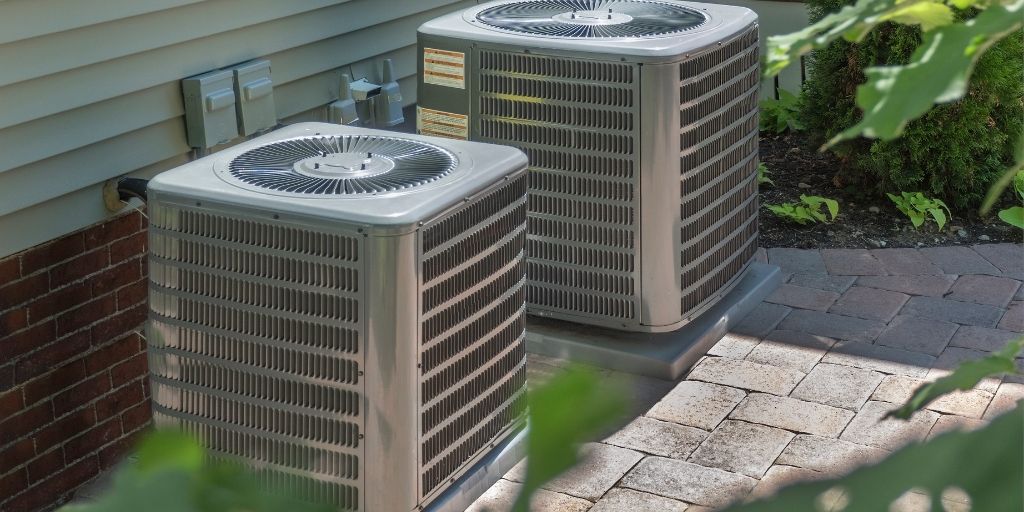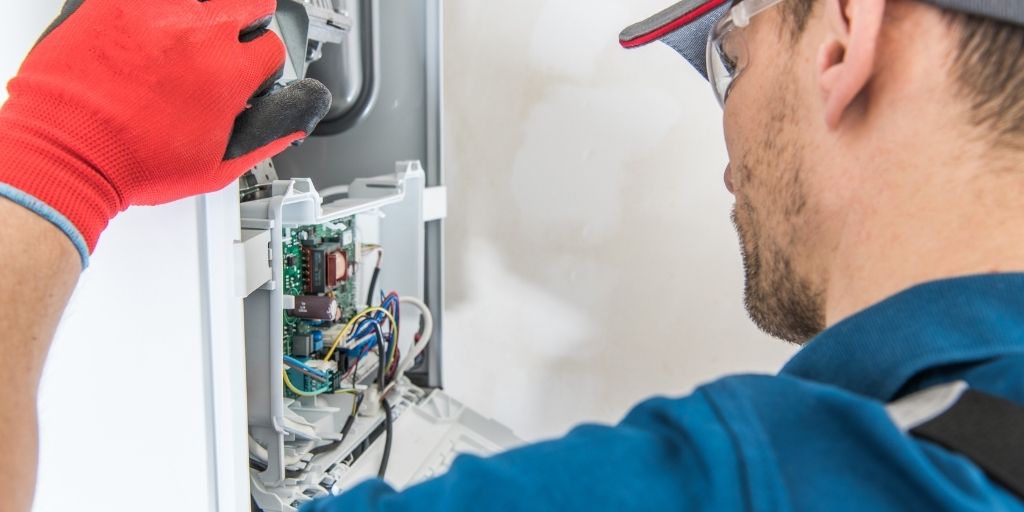Renewable energy technologies are providing an increasing proportion of the extensive power requirements needed for modern societies. However, the potential of underground energy remains largely untapped, mainly due to high starting costs. Companies are trying to deliver more geothermal solutions by lowering the cost of entry, enabling more people to experience the benefits of underground energy.
Geothermal Solutions: Tapping into Underground Energy Potential
The most effective way of making the most out of underground energy is to harness the natural thermal regulation of the ground for building heating and cooling.
Heating and cooling residential and commercial buildings contribute significantly to the rising demand for energy – second only to automobile ownership in terms of the demand it makes on domestic energy budgets. Geothermal solutions to heating and cooling replace this energy-intensive and often highly polluting activity with an environmentally sound alternative.
Removing the economic costs of building heating and cooling – using oil-powered heat sources, radiators and furnaces, air conditioning units, and so on – would also remove a significant amount of a domestic or commercial building owner’s total expenses.
The heating and cooling equipment used in geothermal systems consists of a series of pipes buried underground and running through the building. In winter, heat stored underground is moved through the pipes to warm the home. In the summer, heat from the home is moved underground as this same process is reversed.
How Do Geothermal Solutions Work?
The soil in the ground maintains consistent temperatures year-round from approximately five feet below the surface and deeper. The temperature is warmer than surface temperatures in winter and cooler than surface temperatures in summer.
Geothermal solutions work by transferring heat between the building on the surface and the soil underground.






